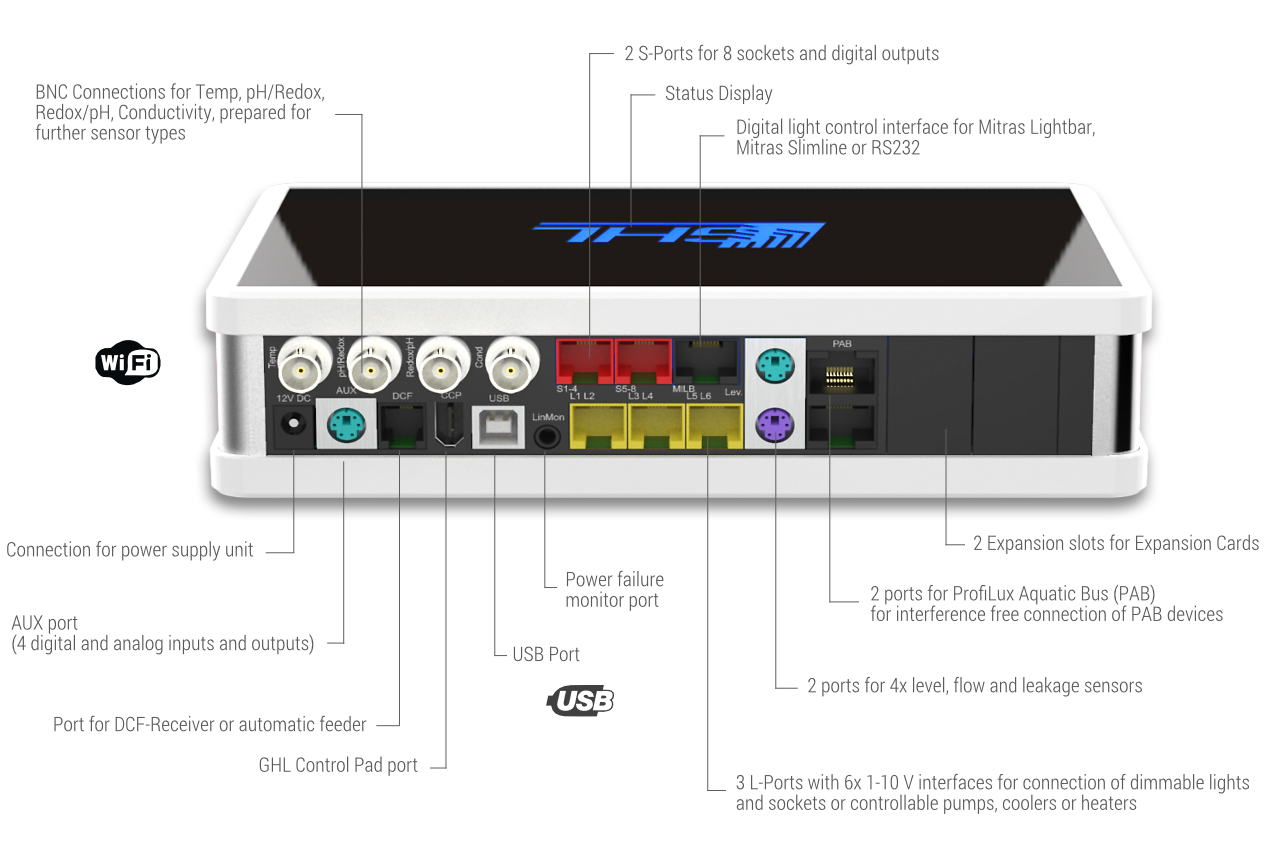@Marco@GHLUSA
@Vinny@GHLUSA
@Matthias Gross
Does the Profilux 4 have the capability of reading a digital signal or a 0-10v signal from something like a continuous level sensor? I would like to control a modulating ball valve which would be controlled by 0-10V just like the Profilux Temperature Controller 2. But instead of relying on the temp probe for variation of the 0-10V signal, I need the system to rely on a digital input.
@Vinny@GHLUSA
@Matthias Gross
Does the Profilux 4 have the capability of reading a digital signal or a 0-10v signal from something like a continuous level sensor? I would like to control a modulating ball valve which would be controlled by 0-10V just like the Profilux Temperature Controller 2. But instead of relying on the temp probe for variation of the 0-10V signal, I need the system to rely on a digital input.










